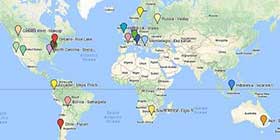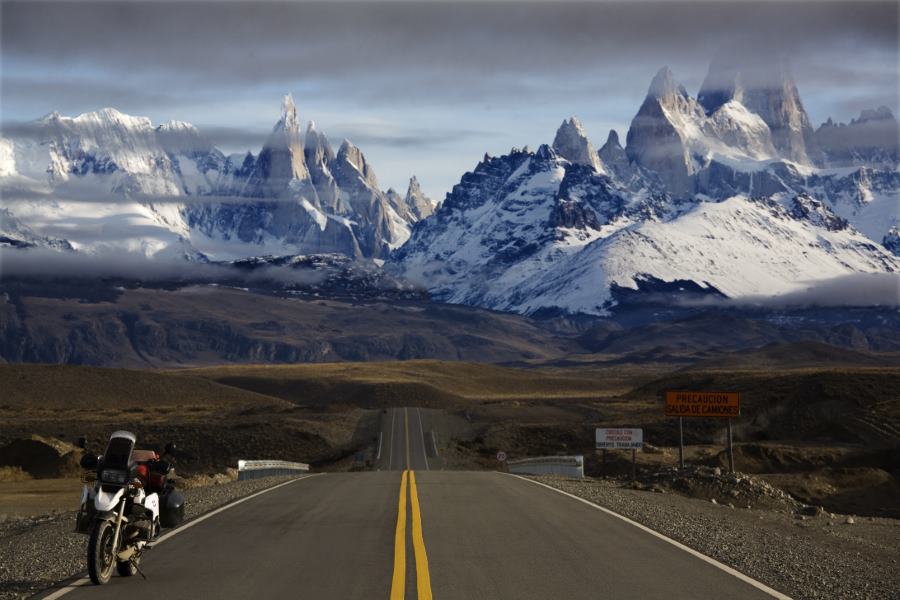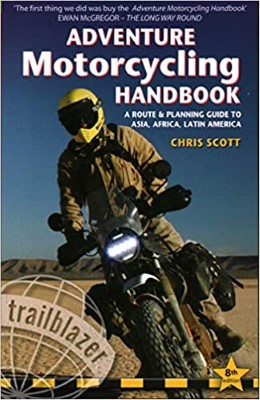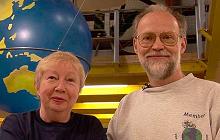|
Normandy 2015 - Exploring the D-day beaches
Intro
This summer’s big trip has kept me away from the motorbike, unless you count a couple of days on a Chinese electric scooter. We went on a two-week trip to Myanmar, my first trip to southeast Asia, my first trip to Asia in fact, Kazakhstan and Russia do not count, as I did not get out of what is still considered Europe geographically. I was an amazing experience, and I hope to write about it on my blog when I find some time.
Back from that trip, I still had a few days left – I used five visiting my beloved V-Strom and doing some research for a future project, which left me with 10 more days before going back to the school. What to do with them? Out came the list of pending destinations: Morocco? Too hot and I want at least 15 days. Back to the Alps? Not tempting enough, and I want to combine that with some climbing in Dolomites, it has to be on the same holiday days as some friends. Tuscany? Nice, but Nat would not forgive me if I went there without her. Aha! This year is the 70th anniversary of the end of WWII, and what a better way to celebrate that than with a visit the place where the end started? Normandy!
The ideal trip is to visit both Britanny and Normandy, a dream ride, but that would have taken too long and I have already visited Britanny, so 10 to visit Normandy were perfect. This time, though, I did very little planning. I already have all I need to just hop on the bike and go at any moment, so I bought a guide, a couple of maps, and I hit the road without contacting any couchsurfers, finding campsites or booking hotels. Adventure!
|
 7Likes
7Likes





























 Threaded Mode
Threaded Mode








